National beverages are drinks that are associated with a specific country and are a part of the identity of the place. Commonly, refreshments that have a national status are connected to the history and traditions of the country.
Typically, these drinks are made using local ingredients available in the country, with options revolving around fruits, grains, tea leaves, coffee beans, and a plethora of elements.
Additionally, national refreshments are widely consumed by locals in that particular country. Alternatively, some drinks even gain international recognition that are associated directly with their home country.
To know about national beverages, take a peek at how different are national and traditional drinks.
Also, let me introduce you to the influence of history and geography on national beverages worldwide. Then, get to know the list of national beverages by continent and some common inquiries associated with national beverages.
For a full understanding about this topic, you can uncover some ideal national drink enjoyed as street refreshments, which I will discuss shortly.
Now, let’s discover the flavors of different nations effortlessly through our filter options, search feature, and by clicking on individual dishes!
List of National Beverages with Filters

Ayran is a Turkish cold drink made from yogurt, water, and salt.
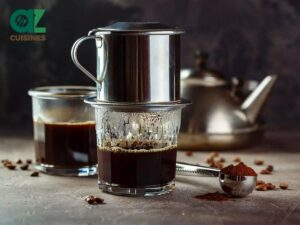
Cà phê đá is a strong Vietnamese iced coffee known for its robust and bitter flavor due to Robusta beans.
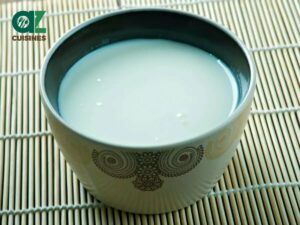
Chal is a Central Asian beverage made by fermenting camel milk.
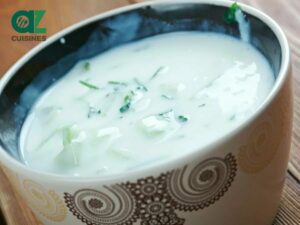
Chalap is a traditional drink made from local yogurt in Central Asia.

Jarma is a Kyrgyz beverage made by cooking ground and fried cereals in water and adding liquid yogurt.

Kumis is a fermented beverage made from mare milk in Mongolia and Central Asia.
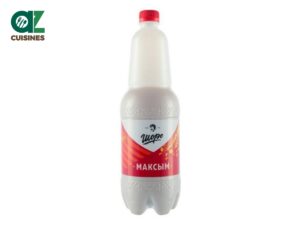
Maksym is a Kyrgyz beverage made by boiling cereals in water and letting them ferment for a short time.
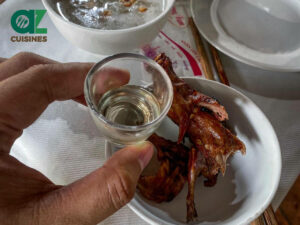
Rượu đế is a traditional Vietnamese spirit, typically distilled from rice or other grains with a high alcohol content.
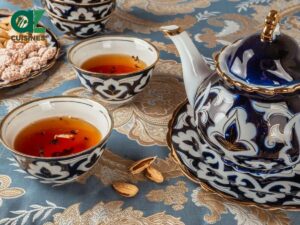
Tea in Central Asia is a respected hospitality symbol, traditionally served in a “piala,” with regionally varied preferences in types.
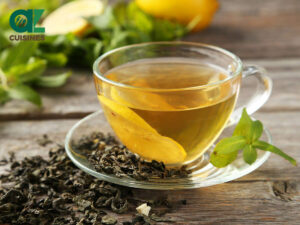
Trà xanh is a Vietnamese green tea known for its delicate flavor and numerous health benefits.
National Beverages Images
How Different Are National and Traditional Beverages?
To better understand the national aspect of beverages, let’s compare it to the traditional side to note down the important ideas:
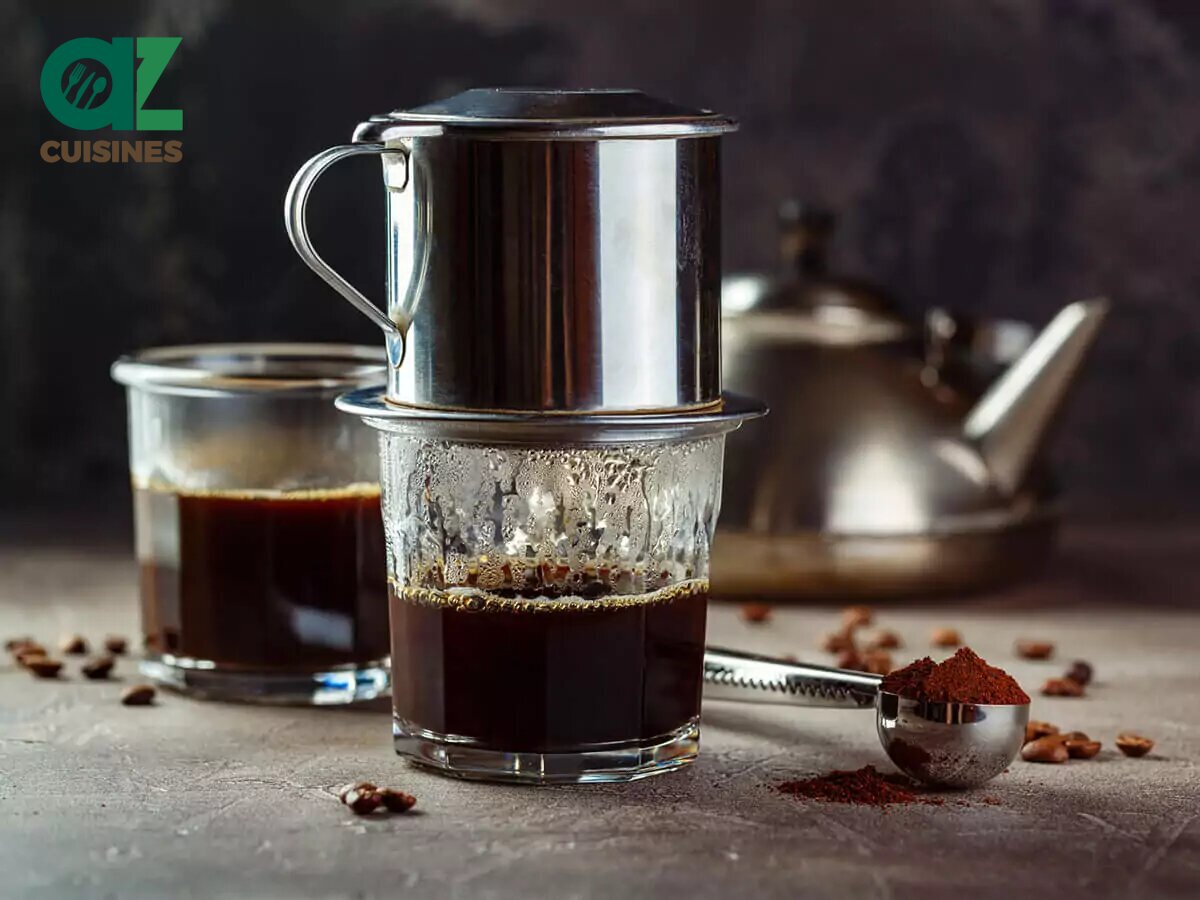
National Drinks
Definition: Strongly associated with a particular country, part of national identity.
Cultural Significance: Symbolize national identity and pride.
Geographic Association: Often linked to the entire nation.
Consumption Patterns: Can be popular globally or within the nation.
Preparation: Can be industrially produced or traditionally made.

Definition: Rooted in local customs, often made with indigenous ingredients.
Cultural Significance: Integral to local customs, traditions, and daily life.
Geographic Association: Usually associated with specific regions or communities within a country.
Consumption Patterns: Typically consumed locally, with some gaining wider popularity.
Preparation: Often involves traditional methods of preparation.
Afterward, venture deeper to uncover the features that determine give a drink its national status.
What Factors Determine a National Beverage?
A national beverage is influenced by a variety of factors that intertwine cultural, historical, economic, and social elements. Here are some key factors that determine a national beverage:
Cultural Significance
A beverage that holds a special place in the cultural and historical narrative of a country often becomes a national beverage. This can be due to its historical usage, cultural rituals, or its role in significant national events.
Historical Roots
Beverages that have been part of a country’s history for centuries and are intertwined with its historical events often gain the status of a national beverage.
Production and Ingredients
The availability of certain ingredients native to the region and traditional methods of production also influence a drink’s status. If a beverage is primarily or uniquely produced in a particular country, it’s more likely to be considered a national drink.
Consumption Patterns
High popularity and widespread consumption within the country led to the beverage being recognized as a national drink.
Government Recognition
On some occasions, the intervention of a country’s government also allows a drink to be crowned with the national moniker.
Social and Religious Practices
Beverages that are integral to social customs, religious ceremonies, or traditional festivities often gain the status of a national beverage.
Remember, these are simply the general factors that allow a drink to have a national status in a country. Additionally, ingredients are another essential element that makes a drink stand out as a national pick.
How Historical and Geographical Factors Impact the National Beverages of Different Countries?
National beverages across different countries are shaped by their unique historical and geographical contexts. Here’s an overview:
- Climate and Terrain: The local climate and terrain influence the types of crops that can be grown. For instance, grapes for wine thrive in the Mediterranean climate, while barley for beer grows well in cooler climates like Germany or England.
- Historical Trade Routes: Access to trade routes historically influenced the availability of certain ingredients. Countries along the Spice Route, like India, incorporated spices into their beverages (e.g., masala chai), while rum became popular in the Caribbean due to the sugar trade.
- Cultural and Religious Influences: Cultural practices and religious beliefs have shaped beverage consumption. For example, Islamic countries traditionally avoid alcohol due to religious prohibitions, leading to a variety of non-alcoholic beverages.
- Historical Events: Events like wars, colonization, and migrations brought new ingredients and methods, diversifying the beverage choices. The introduction of coffee in Europe from Africa and the Middle East is a prime example.
- Economic Factors: The economic status of a country can influence its national beverage. Wealthier nations might develop a taste for imported or expensive drinks like fine wines or whiskies, while others might rely on locally sourced and affordable ingredients.
- Technological Advances: Technological developments in production and preservation have also played a role. The ability to distill spirits or pasteurize beer extended their shelf life and influenced their popularity.
Thus, the intricate interplay of these factors culminates in a diverse and rich list of national beverages, each telling a story of its country’s past and present.
List of National Beverages by Continents
Explore a delightful selection of iconic beverages from around the world, each representing the unique flavors and traditions.
Note that this collection is not exhaustive, but rather a showcase of beverages that are often recognized as emblematic of their respective nations.
Asia
- Afghanistan: Tea
- Armenia: Armenian wine, Oghi, Ararat
- Azerbaijan: Ayran, black tea
- Bahrain: Coffee
- Bangladesh: Tea
- Bhutan: Ara (or Arag)
- Brunei: No official national drink, but Air Batu Campur (ABC) is famous nationwide
- Cambodia: Sombai
- China: Tea, Baijiu
- Georgia: Chacha, red wine
- India: Tea, Lassi, Chaas, Kaapi, Masala chai
- Indonesia: Es teler
- Iran: Dogh, black tea, Aragh Sagi
- Iraq: Coffee, mint tea, arak
- Israel: Wine, limonana, arak
- Japan: Green tea, sake
- Jordan: Arabic coffee, mint lemonade, arak
- Kazakhstan: Kumis
- Kuwait: Arabic coffee (kahwah)
- Kyrgyzstan: Jarma, Maksym
- Laos: Lao-Lao
- Lebanon: Arak
- Malaysia: Teh tarik
- Maldives: Raa, sai (tea)
- Mongolia: Airag or tsegee
- Myanmar: Lahpet yay
- Nepal: Raksi, Tongba, aylaa
- North Korea: Pyongyang Soju
- Oman: Arabic coffee
- Pakistan: Sugarcane juice
- Palestine: Coffee, arak, mint lemonade
- Philippines: Beer
- Qatar: Arabic coffee
- Saudi Arabia: Arabic coffee
- Singapore: Kopi, Singapore Sling
- South Korea: Soju
- Sri Lanka: Tea
- Syria: Coffee, arak
- Taiwan: Bubble tea
- Tajikistan: Green tea
- Thailand: Thai tea, Krating Daeng
- Turkey: Raki, Türk Kahvesi, tea, ayran
- Turkmenistan: Chal
- United Arab Emirates: Arabic coffee
- Uzbekistan: Green tea
- Vietnam: Rượu đế, cà phê đá, trà
- Yemen: Arabic coffee
Africa
- Algeria: Coffee, tea
- Angola: Cuca Beer
- Cameroon: Odontol
- Cape Verde: Grogue
- Congo: Lotoko
- Egypt: Black tea, sugarcane juice
- Eritrea: Siwa, araki, coffee, tea
- Ethiopia: Coffee, tej
- Gabon: Regab
- The Gambia: Ginger Beer
- Ghana: Akpeteshie
- Guinea: Malamba
- Kenya: Dawa cocktail, tea
- Madagascar: Rum
- Malawi: Thobwa
- Mali: Green tea
- Mauritius: Alouda
- Morocco: Moroccan mint tea
- Mozambique: Tipo Tinto
- Namibia: Beer, Oshikundu
- Niger: Biere Niger
- Nigeria: Akpeteshie
- Rwanda: Ikigage, sorghum beer
- Senegal: Bissap
- Seychelles: Buka
- Somalia: No official drink, but Shah hawaash (Cardamom tea), coffee, and camel milk are popular nationwide
- South Africa: No official drink, but Beer, Springbokkie, Boeber, Umqombothi, rooibos or “bush” tea are common
- Sudan: No official drink, however Roselle tea, Araqi, Gongolez, Hulu-Murr and Aradaib are popular nationwide
- Tanzania: Konyagi, tea, coffee
- Togo: Tchakpallo
- Tunisia: Tea
- Uganda: Waragi
- Zambia: Munkoyo
- Zimbabwe: Chibuku
Europe
- Albania: Raki
- Andorra: Brandy, Wine
- Austria: Almdudler
- Belarus: Byarozavik
- Belgium: Beer (over 1,400 kinds)
- Bosnia and Herzegovina: Rakija, Coffee
- Bulgaria: Rakia
- Croatia: Rakija, Pelinkovac, Cedevita
- Cyprus: Zivania, Brandy sour
- Czech Republic: Kofola, Pilsner
- Denmark: Akavit, Brännvin, Snaps, Gammel Dansk
- Estonia: Viru Valge, Koduõlu, Kama
- Finland: Lonkero
- France: Red Wine, Champagne
- Germany: Lager, Fanta, Spezi
- Georgia: Chacha, Red Wine
- Greece: Ouzo
- Hungary: Pálinka
- Iceland: Brennivín, Appelsín
- Ireland: Guinness, Irish Whiskey
- Italy: Chinotto, Wine, Spritz, Grappa, Espresso, Cappuccino
- Kosovo: Rakia, Semoj
- Latvia: Riga Black Balsam
- Liechtenstein: Blauburgunder
- Lithuania: Midus, Gira
- Luxembourg: Crémant de Luxembourg
- Malta: Kinnie, Bajtra Liqueur, Cactus Pear Liquor, Maltese Falcon
- Moldova: Divin
- Monaco: Champagne
- Montenegro: Rakija
- Netherlands: Jenever
- North Macedonia: Rakija, Boza
- Norway: Akvavit, Solo
- Poland: Vodka, Bison Grass Vodka, Krupnik, Nalewka, Mead
- Portugal: Port Wine
- Romania: Țuică
- Russia: Kvass, Vodka
- San Marino: Biancale
- Serbia: Rakija
- Slovakia: Borovička
- Slovenia: Schnapps
- Spain: Sangria
- Sweden: Brännvin, Punsch, Akvavit, Julmust, Pommac, Champis
- Switzerland: Rivella
- Ukraine: Horilka, Kvass
- United Kingdom: Tea
○ England: Gin
○ Scotland: Scotch, Irn-Bru
○ Wales: Perry
Americas
- American Samoa (US): Kava
- Antigua and Barbuda: Rum
- Argentina: Mate, Wine, Fernet con coca, Hesperidina
- Bahamas: Switcha
- Barbados: Mauby
- Belize: Rum Punch
- Bermuda: Rum swizzle, Dark N’ Stormy
- Bolivia (Plurinational State of): Chuflay, Singani
- Brazil: Caipirinha, Guarana (soft drinks)
- Canada: Caesar
- Chile: Pisco sour, Piscola
- Colombia: Aguardiente, Coffee
- Costa Rica: Imperial, Guaro Cacique
- Cuba: Cuba Libre, Mojito, Daiquiri
- Curaçao: Curaçao liqueur
- Dominica: Kubuli, Coconut rum punch
- Dominican Republic: Mama Juana
- Ecuador: Chicha
- El Salvador: Pilsener, Champagne cola
- Grenada: Rum Punch
- Guam (US): Calamansi Basil Lemonade
- Guatemala: Gallo
- Guyana: Mauby
- Haiti: Barbancourt (rum)
- Hawaii (US): Mai Tai
- Honduras: Pinol
- Jamaica: Rum Punch
- Mexico: Tequila, Aguas frescas, Margarita
- Nicaragua: Macuá
- Panama: Seco Herrerano
- Paraguay: Mate, Carrulim
- Peru: Pisco sour, Inca Kola
- Puerto Rico (US): Piña colada
- Saint Kitts and Nevis: Rum
- Saint Lucia: Bounty brand Rum
- Saint Vincent and the Grenadines: Golden Apple Juice
- Suriname: Kasiri
- Trinidad and Tobago: Queen’s Park Swizzle
- United States: Coffee, Coca-Cola, Bourbon (whiskey)
- Uruguay: Mate, Medio y medio, Uvita, Grappamiel, Amarga, Schnaps (from local caña or grappa)
- Venezuela (Bolivarian Republic of): Rum, Tizana
Oceania
- Australia: Coffee, Lemon, Lime and Bitters (LLB), Beer, Wine
- Christmas Island (AU): Coffee
- Cocos (Keeling) Islands (AU): Tea
- Cook Islands: Tumunu
- Easter Island: Easter Island Cocktail
- Fiji: Kava
- French Polynesia: Hinano Lager
- Kiribati: Karewe (Palm Wine)
- Marshall Islands: Coconut Water
- Micronesia: Sakau
- Nauru: Iced Coffee
- New Caledonia: Wine
- New Zealand: L&P
- Niue: Coconut Water
- Norfolk Island (AU): Beer and Wine
- Northern Mariana Islands: Michelob Ultra
- Palau: Coconut Water
- Papua New Guinea: Kava
- Pitcairn Islands: Ti’ Punch
- Samoa: Kava
- Solomon Islands: Kava
- Tokelau: Kava
- Tonga: Kava
- Tuvalu: Kava
- Vanuatu: Kava Drink
- Wake Island: Beer
- Wallis and Futuna: Kava
Thus, the intricate interplay of these factors culminates in a diverse and rich list of national beverages, each telling a story of its country’s past and present.
What Are Popular National Beverages Served as Street Drinks?
Popular national beverages that are commonly served as street drinks vary across different countries. Here are some common examples.
Tea
Tea is available in various forms in various countries. In India, it is also known as chai, a popular street beverage.
In North African countries like Morocco, mint tea is a popular street beverage, usually served sweetened with sugar.
Agua Fresca
This is a refreshing drink made from fruits, cereals, or flowers mixed with sugar and water, which is very popular in Mexico and other Latin American countries.
Ayran
It is a yogurt-based drink mixed with salt, common in Turkey and some Central Asian countries as a street drink.
Sugarcane Juice
This drink is made by pressing sugarcane to extract its sweet juice. Sugarcane juice is widely consumed in countries like Brazil, Egypt, and some Southeast Asian countries.
Cà Phê Đá
This is a Vietnamese iced coffee that you can find in local cafes and street corners. It’s known for its strong flavor.




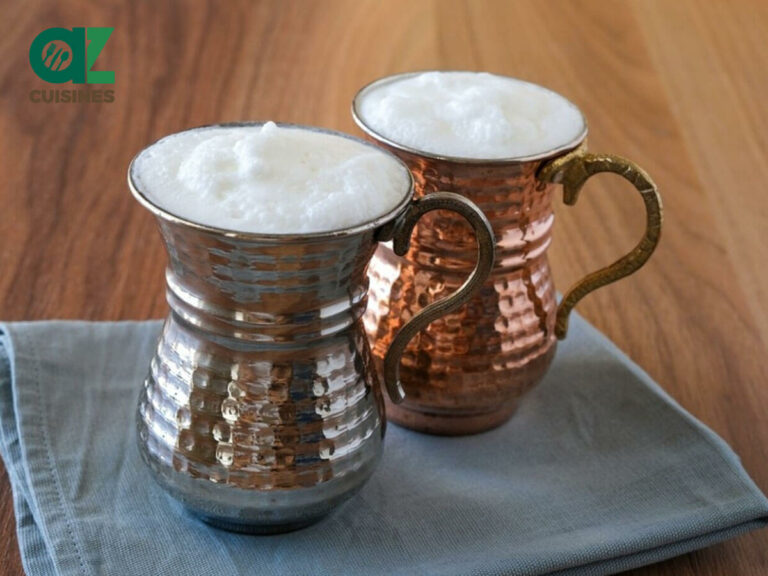
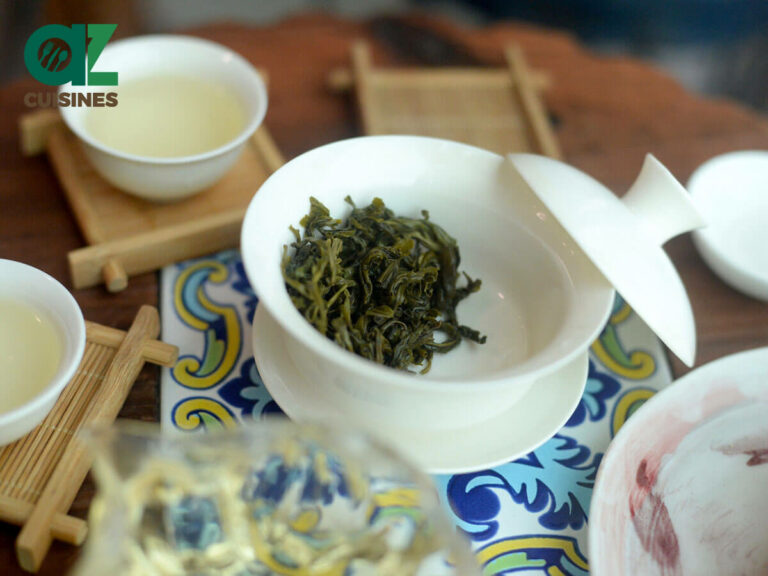
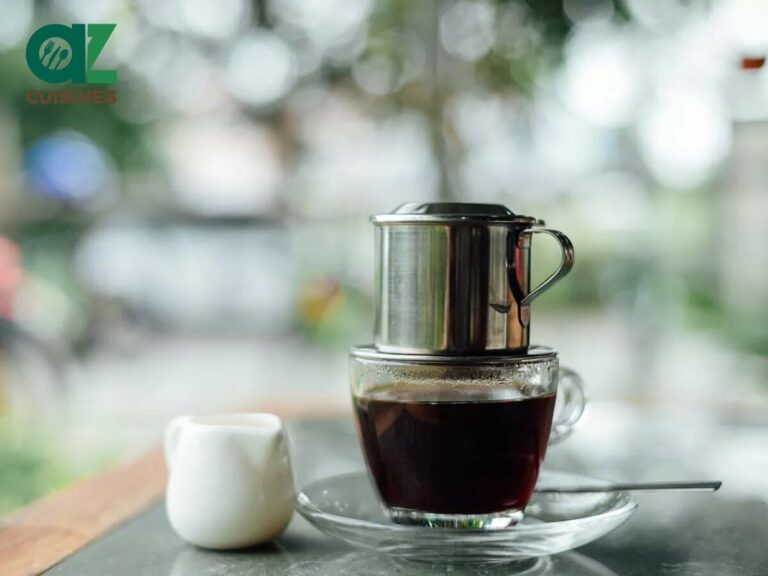
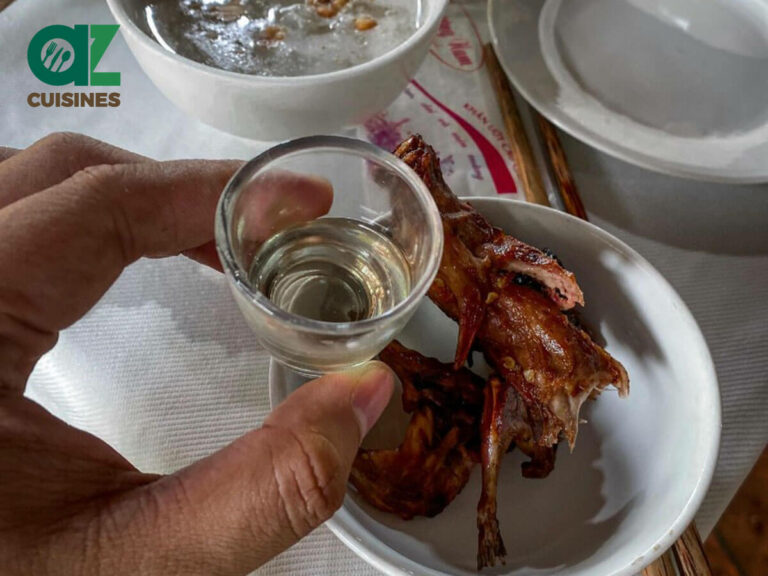
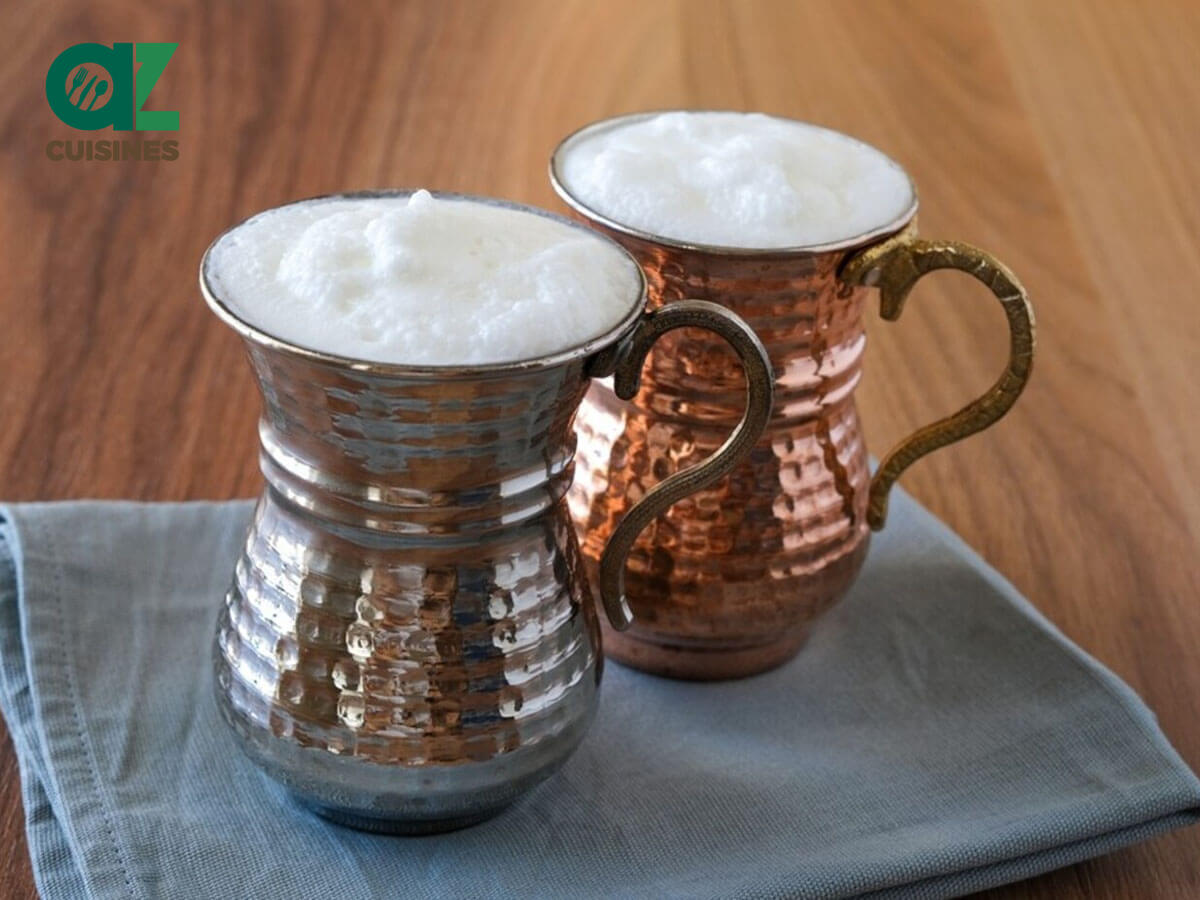
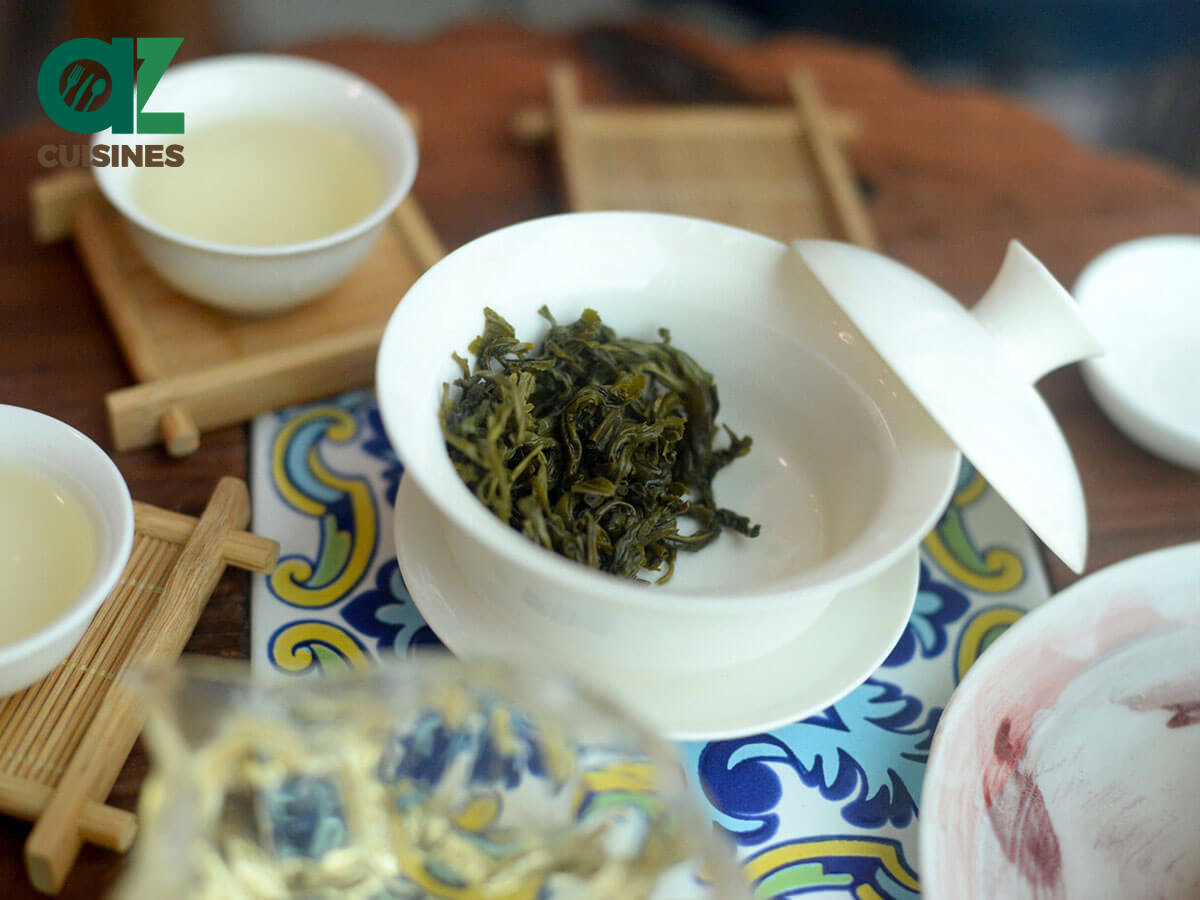
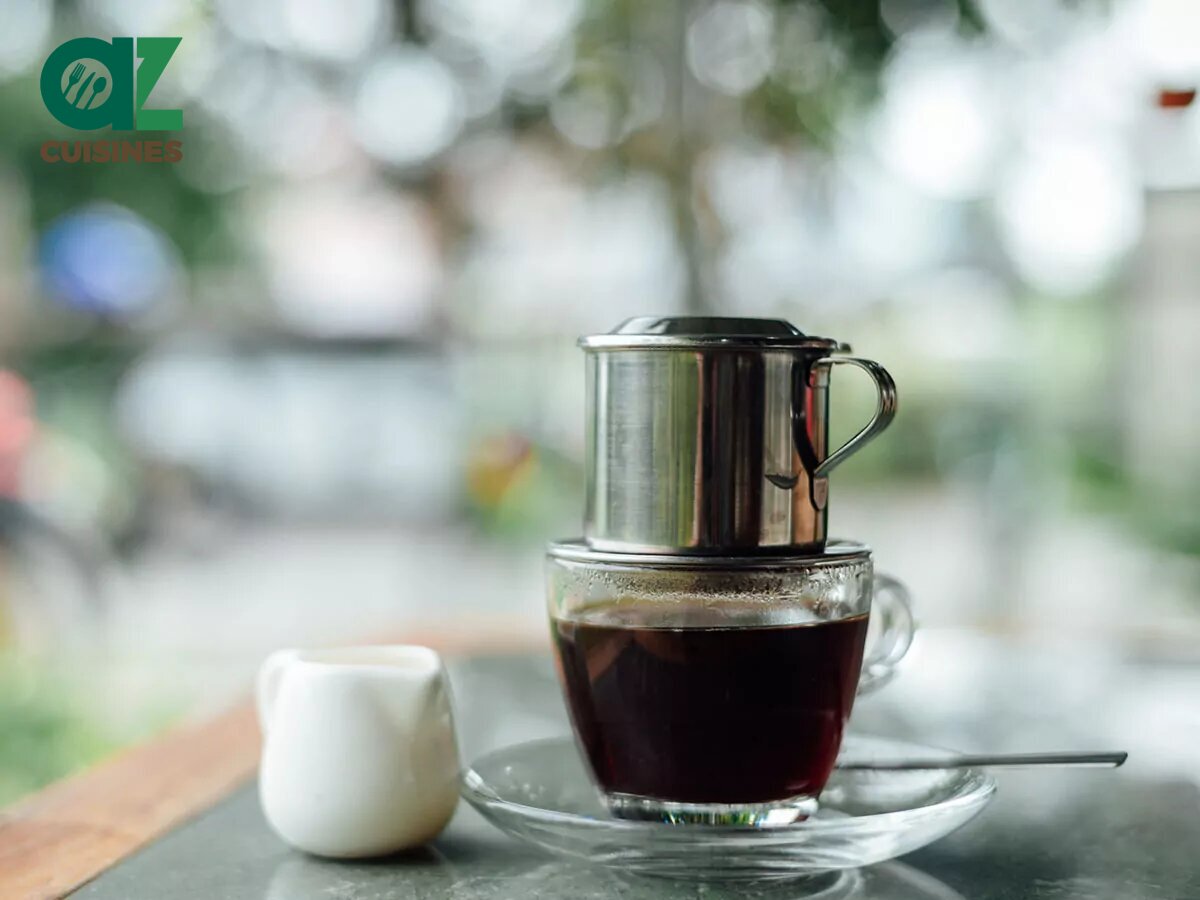

Adam Sam
Senior Food and Drink Editor
Expertise
Food Writer & Recipe Developer, Recipe Tester, Bartender, Cooking-video Maker, Editor In Chief
Education
Adam Sam, an experienced food writer and recipe developer, is passionate about blending diverse culinary traditions, national dishes, and innovative beverages, showcasing his proficiency in both traditional and modern recipe testing.
As the Editor-in-Chief, he elevates culinary content from street food to fine dining, focusing on Western cuisine and types of drinks at azcuisines.com, and is professional in creating engaging cooking videos that simplify complex dishes and ingredients.
His passion for food is evident in his writing, where he uniquely merges various cultures, traditions, and contemporary trends, skillfully combining classic recipes with modern cooking methods.